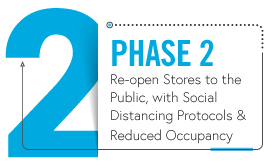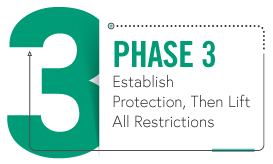Open for Business - A Blueprint for Shopping Safe
- Home
- COVID-19 Resources for Retailers
- Open for Business - A Blueprint for Shopping Safe
America’s retailers have been on the front lines of the COVID-19 crisis, with grocers, pharmacies, and other retailers working hard to make sure every family has what they need as America has stayed home. However, many retailers were required to shut down storefronts throughout the country, furloughing over one million workers in order to protect our communities and stop the spread of the novel coronavirus.
With a focus on the health and wellness of both our employees and our customers, now is the time to prepare for the entire retail sector to safely re-open. Retailers have been learning from each other throughout this crisis, sharing leading practices and protocols to keep stores clean and sanitized, and keeping customers and employees as safe as possible. As an industry, we stand ready to assist governors and mayors with the important task of safely re-opening our Main Streets and storefronts again, with an underlying commitment to helping all families Shop Safe.
The key to this approach is adopting a blueprint that puts in place uniform statewide rules of operations that will accomplish three key objectives: (1) Protect our communities (2) Allow for the safe reopening of retail and (3) Establish clear expectations for employees and customers. We will endeavor to update these recommendations as conditions change or if guidance from the CDC leads to the adoption of new protocols.
3 Steps to Shop Safe
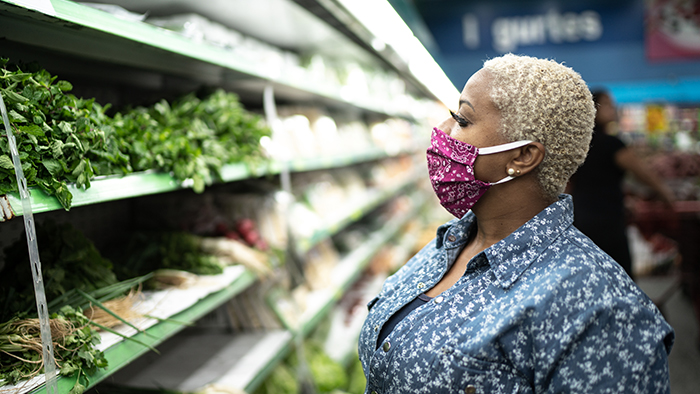
A Blueprint for Shopping Safe
View Blueprint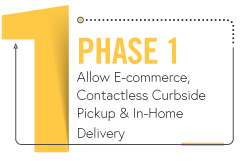 |
Phase 1: Allow E-commerce, Contactless Pickup & In-Home DeliveryA fully functioning supply chain with all distribution centers operational is crucial for retailers to meet the needs of customers. In addition to directing goods to store shelves, distribution centers are vital to e-commerce and other contactless forms of shopping. |
|
|
Phase 2: Re-open Stores to the Public, with Social Distancing Protocols & Reduced OccupancyDuring this phase, retailers open additional stores to the public with robust leading health and safety protocols in place to protect customers and employees and to mitigate the spread of the virus so COVID-19 does not revert. |
|
|
Phase 3: Establish Protection, Then Lift All RestrictionsDuring this final phase, retailers will have discretion to remove COVID-related operational protocols except for those related to enhanced sanitization and screening practices. |
Shop Safe - Recommended Protocols
The key to this approach is adopting a blueprint that puts in place uniform statewide rules of operations. The protocols we propose were developed in accordance with CDC guidelines and benchmarking between leading retailers who have shared their operational experiences over the past six weeks.
Recommended Protocols for Retail Employees and Customers (Phase 1 & 2)
Retailers encourage state governments to rely on the CDC, state health departments, and other health experts to determine when to move to Phase 2.
|
Social Distancing – Employees
Special Protocols for Home Delivery/Installation Employee
Social Distancing – Customers (Phase 2)
Hygiene
Sanitization
Protective Face Covering
Health Screening
|
Recommended Protocols for Retailers for Phase 3
The proposed retail health and safety protocols are designed to maintain sanitization while returning operations to the new normal. Consistent with health expert guidance, we urge governors to suspend or relax all social distancing requirements at this time.
|
Safety is Essential – A Message to Governors from Retailers
RILA letter to governors emphasizes the importance of shopping safe and encourages uniform, statewide orders to create clarity for businesses.
Read MoreCOVID-19 Resources for Retailers
Store Operations COVID-19 Resource Library
Strategies on broad range of protocols, from social distancing, metering, sanitization, and more. (Members-only content. Please log-in to access).
Read MoreState and Local Resources for COVID-19 and Protests
View state and local response, curfews, reopening plans, DHS situation reports and more!
Read MoreCOVID-19 Resources for Retailers
RILA’s coronavirus resources for retailers provide up-to-date information on the developments around COVID-19 for the retail industry and community.
Read MoreLatest from RILA on COVID-19
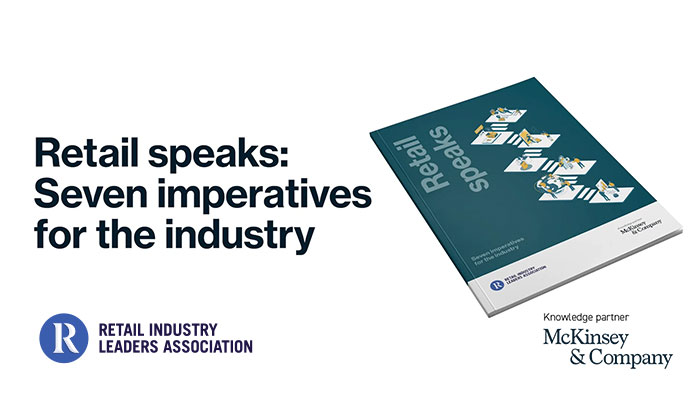
7 Innovative Retail Trends to Watch in 2021
OSHA ETS Briefing Dials in on Testing Good Faith Efforts
- 12/21/2021
60-Day Implementation for Vaccine Mandate Insufficient
- By [Michael Hanson]
- 11/04/2021
Update on Upcoming Vaccine Mandate Final Rule
- By [Michael Hanson]
- 10/20/2021
Retailers Detail Operational Questions for Vaccine Mandates
- By [Evan Armstrong, Michael Hanson]
- 09/21/2021
Colossal Undertaking Ahead with New Covid Requirements
- By [Brian Dodge]
- 09/09/2021

